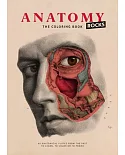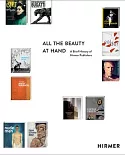The meaning of a painted portrait and even its subject may be far more complex than expected, Tamar Garb reveals in this book. She charts for the first time the history of French female
portraiture from its heyday in the early nineteenth century to its demise in the early twentieth century, showing how these paintings illuminate evolving social attitudes and aesthetic
concerns in France over the course of the century.
The author builds the discussion around six canonic works by Ingres, Manet, Cassatt, Cézanne, Picasso, and Matisse, beginning with Ingres’s idealized portrait of Mme de Sennones and ending
with Matisse’s elegiac last portrait of his wife. During the hundred years that separate these works, the female portrait went from being the ideal genre for the expression of painting’s
capacity to describe and embellish “nature,” to the prime locus of its refusal to do so. Picasso’s Cubism, and specifically Ma Jolie, provides the fulcrum of this shift.





















